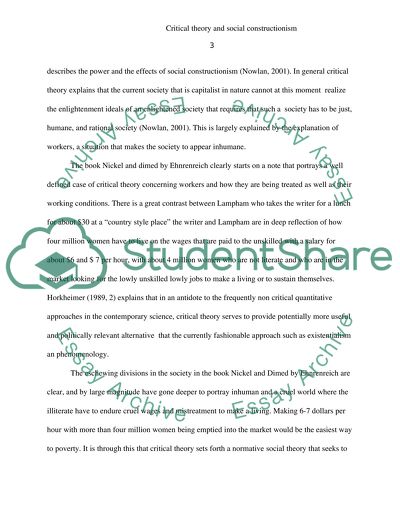Cite this document
(“Nickel and Dimed by Barbara Ehrenreich Essay Example | Topics and Well Written Essays - 2250 words”, n.d.)
Nickel and Dimed by Barbara Ehrenreich Essay Example | Topics and Well Written Essays - 2250 words. Retrieved from https://studentshare.org/social-science/1439380-nickel-and-dimed-by-barbara-ehrenreich
Nickel and Dimed by Barbara Ehrenreich Essay Example | Topics and Well Written Essays - 2250 words. Retrieved from https://studentshare.org/social-science/1439380-nickel-and-dimed-by-barbara-ehrenreich
(Nickel and Dimed by Barbara Ehrenreich Essay Example | Topics and Well Written Essays - 2250 Words)
Nickel and Dimed by Barbara Ehrenreich Essay Example | Topics and Well Written Essays - 2250 Words. https://studentshare.org/social-science/1439380-nickel-and-dimed-by-barbara-ehrenreich.
Nickel and Dimed by Barbara Ehrenreich Essay Example | Topics and Well Written Essays - 2250 Words. https://studentshare.org/social-science/1439380-nickel-and-dimed-by-barbara-ehrenreich.
“Nickel and Dimed by Barbara Ehrenreich Essay Example | Topics and Well Written Essays - 2250 Words”, n.d. https://studentshare.org/social-science/1439380-nickel-and-dimed-by-barbara-ehrenreich.


